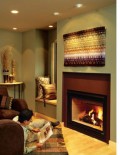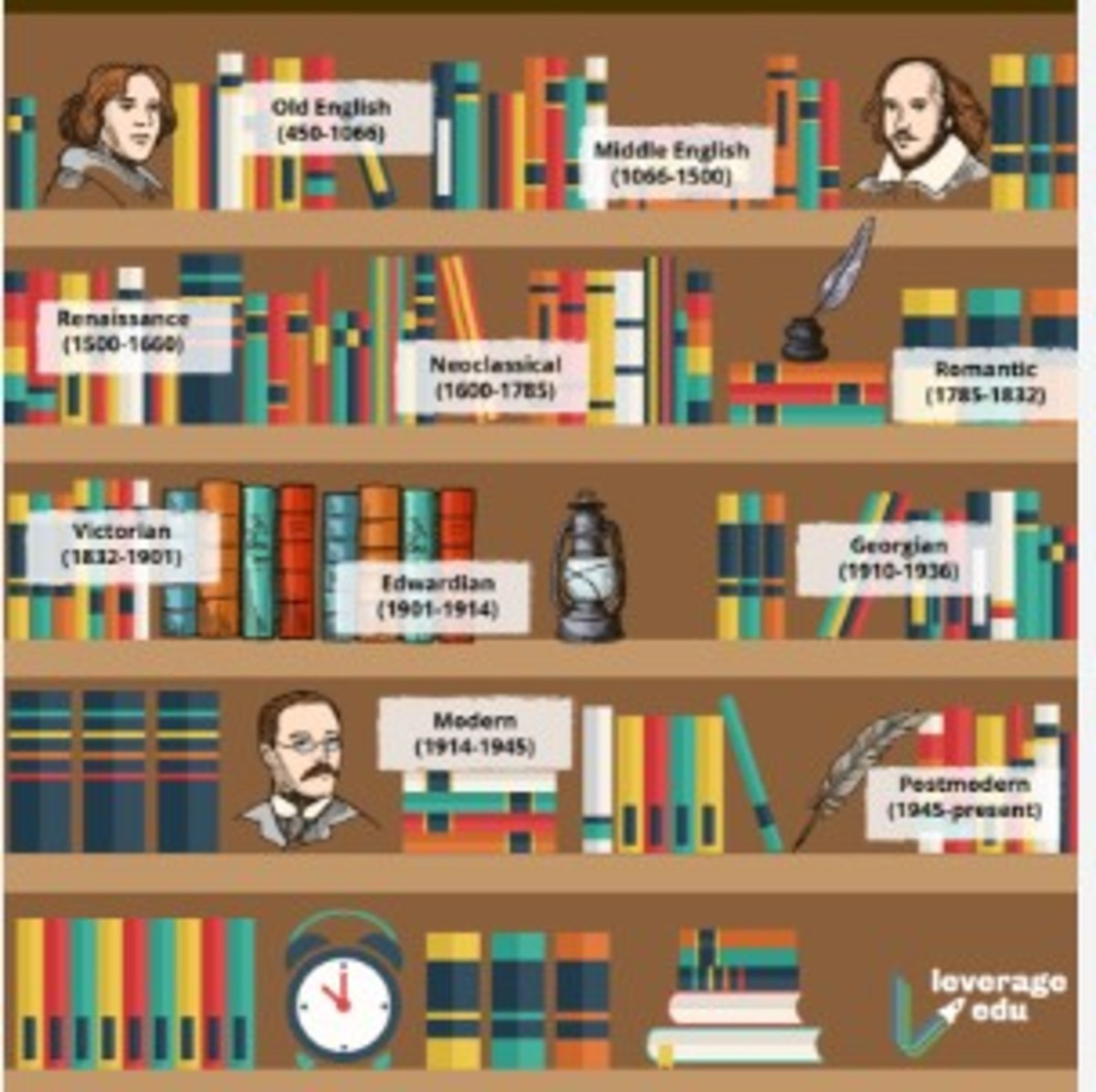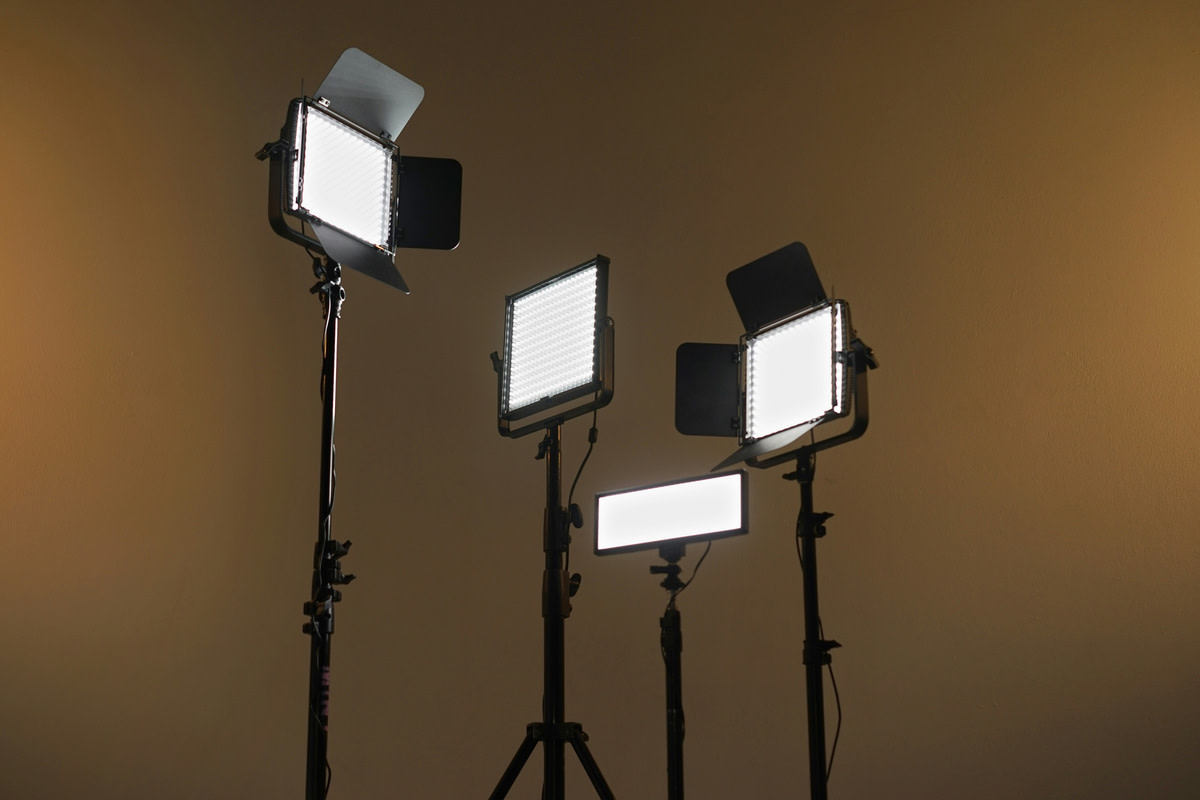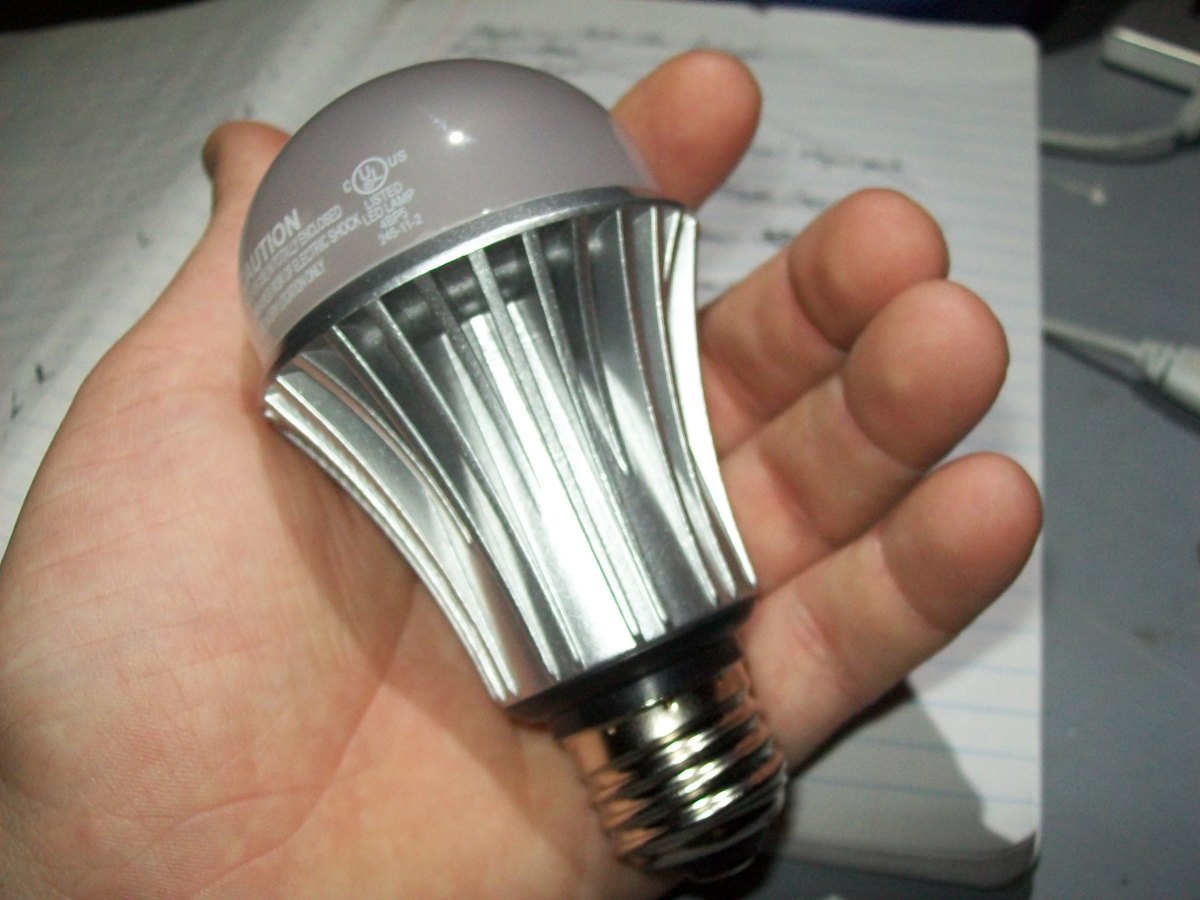Chandelier Lighting
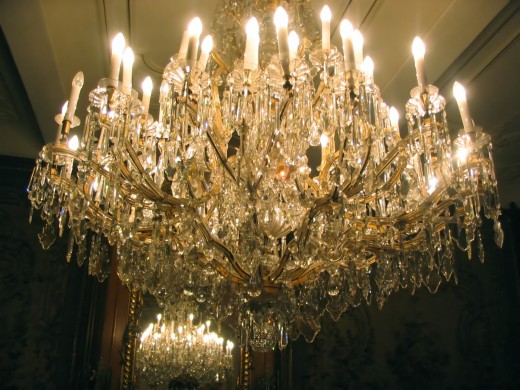
The early history of the chandelier, as of all lighting fixtures, is obscure and lost in antiquity. Probably the earliest examples were simply branches hung from the ceiling of a cave to hold a pine knot or other resinous piece of wood in a fork or prong. Iron frames of a simple nature were probably the next step, an improvement that prevented burning the form.
During prehistoric times simple lamps were fashioned from stone and clay. These had an open reservoir to hold an animal oil or vegetable oil and a channel into which a wick could be laid. The wick, made of rush, hemp, or some similar substance, was ignited in the oil. This kind of lamp could be suspended by leather thongs or other materials and thus formed the ancestors of the true chandeliers. The Egyptians fashioned these simple lamps of clay and bronze and often suspended them from frames. Some frames were highly elaborate in ancient Greece and Rome, where bronze was the favorite material.
Middle Ages
During the Middle Ages true chandeliers became more popular adjuncts to everyday life. They were generally made of iron, bronze, or brass, and they incorporated the whole range of Gothic design into their forms. They most often burned a type of candle, but hanging spout lamps were also known. Candle-burning lamps were composed of a shaft with a hook at the top fastened either to a chain or to the ceiling, and arms that radiated from the central shaft. Three or four arms were commonly used, and each arm terminated in a socket or nozzle that actually held the candle in place.
Renaissance
During the Renaissance, chandeliers became more elaborate. The same materials that had been used in the Middle Ages were generally in use except in Italy, where some relatively simple fixtures were made of glass. In addition to containing more candle arms to provide greater light, chandeliers of this period became more ornamental and elaborate. The float lamp, which was known as early as the 7th century, became widely popular. It consisted of a cylindrical vessel, usually of glass, abruptly flared at the top, which could be used as a reservoir. This vessel was partially filled with water on which floated a thin layer of oil. In the oil a wick was floated on a dish of cork, wood, or paper. These float lamps were set into frames and hung by chains. Some of these chandeliers were very elaborate - especially those fashioned for use in churches. Float lamps were also popular at this time in both the Middle East and the Orient.
Baroque
During the baroque period chandeliers became still more ornate. The grotesque and human forms common to all the arts of this period were often incorporated into chandeliers. A standard form of candle chandelier with a heavy ball as an integral part of the shaft was developed. From the ball detachable candle arms were extended. Brass was the most common material for chandeliers of this type, although pewter and sometimes silver were also used. Toward the middle of the 17th century the shaft was expanded by placing another ball or even two balls above the first, so that two or three rows of candle arms could be used.
The 19th and 20th Centuries
During the 19th century, a great revolution in artifiical lighting took place. At the beginning of the 1800's, traditions of the preceding century held sway, with the production of highly elaborate candle-burning chandeliers in ormolu and glass. The Empire style was dominant in the design of these pieces, which were often virtually covered with emblems and symbols borrowed from antiquity. However, gas, which had been in limited use during the 18th century, began to enjoy a wider vogue. Because of technical improvements and especially the innovations of the Industrial Revolution, it was now possible to supply gas at a cost that made it practical to use in residences.
Historical revivalism, the borowing of elements from varied earlier sources, became the dominant design trend by the mid-19th century. Enormous and fanciful chandeliers for both candles and gas were produced in styles that ranged from Gothic to Renaissance, Louis XV, and Louis XVI. During the second half of the century elements from these different styles were often combined in one piece. This trend, called eclecticism, resulted in the creation of chandeliers so elaborate that they seemed to defy their function of providing light.
The introduction of kerosine in the 1850's brought a further change to chandelier production. Glass kerosine-burning lamps were fitted into a great variety of frames made of brass, copper, or iron. Kerosine provided a far more intense light than either candles or gas. Most of these chandeliers were also designed in the vocabulary of historical revivalism.
Toward the end of the 19th century the art nouveau movement began to dominate design in Europe. In addition, the invention of the incandescent light bulb by Thomas Alva Edison brought the greatest innovation to lighting yet known. Chandeliers based on natural forms such as flowers were designed to hold electric bulbs.
In the 20th century the chandelier in its original form, as a suspended object of illumination, lost some of its popularity, and it began to be used more for decoration only. Illumination, direct or diffused, from the ceiling came to be provided instead by spotlights or hidden lights. However, many people continued to favor the warm glow and romantic atmosphere associated with chandeliers.
The 18th Century
The 18th century probably brought the chandelier to its greatest opulence and importance. All materials from previous periods continued to be used, but glass chandeliers became a special luxury item. The great glass industries of England and Ireland produced chandeliers of extraordinary beauty and brilliance of design. The earliest of these were derived from Italian, especially Venetian, chandelier designs. They were composed of a heavy central shaft, sometimes with cut glass decoration, from which several arms radiated. The arms were occasionally notched or cut in some manner, but usually without glass drops or pendants. By the 1740's a glass drip pan was commonly placed under the candle socket and often decorated with cut glass pendants.
As the century progressed, chandeliers became increasingly elaborate, and strings of beads as well as cut swags began to ornament the area between the candle arms. The number of candles was increased to 12, 24, or more. This type of chandelier was fixed on the ceiling to a pulley that allowed it to be pulled down for cleaning and refilling with candles. In the summer they were often not used because of the amount of heat they generated. These elaborate glass chandeliers found a waiting market in the Orient and in the English colonies.
Because of English guild regulations, silver chandeliers were hallmarked by the individual silversmiths. For this reason we know the names of some individual designers of silver chandeliers; almost none of the glass chandeliers can be traced to their designers. However, only a few silver chandeliers survive. Some of the elaborate 18th century brass chandeliers were also marked with a maker's name, or were in some way engraved so that it is possible to identify and date them. The same is true of pewter ones.
The 18th century saw the widespread production of furniture design books in England and in France. Many of these books included engravings of chandeliers. While the rococo style dominated around midcentury, highly complex chandeliers were executed in carved and gilded wood and ormolu. In some instances, rococo chandeliers were further ornamented with cut glass or rock crystal drops. In the neoclassic 1760's, elaborate chandeliers continued to be popular; they were often based on antique Greek and Roman models.
Not all the chandeliers produced during the 18th century were in the grand tradition. Country craftsmen, using wood and tinned sheet iron, often fashioned chandeliers with simple beauty that were aesthetically pleasing. These were generally made to hold candles but a few surviving examples held primitive pottery lamps.
This content is accurate and true to the best of the author’s knowledge and is not meant to substitute for formal and individualized advice from a qualified professional.
© 2010 Bits-n-Pieces



